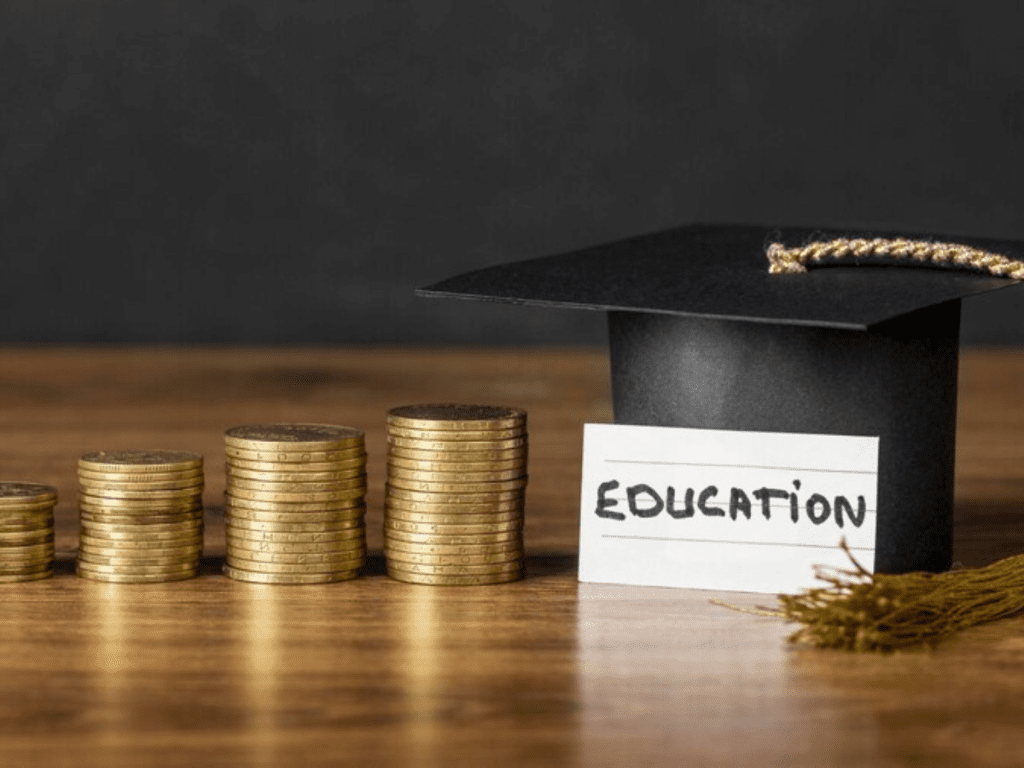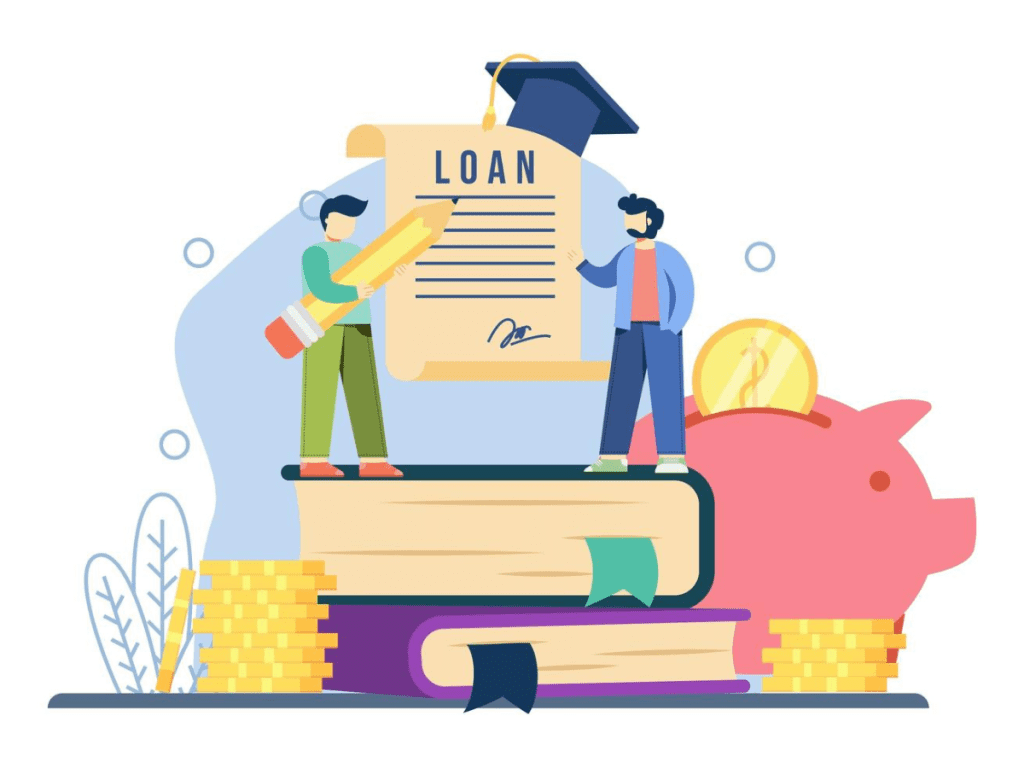introduction
Navigating student loans can be a complex process, and it’s easy to make mistakes that can cost you time and money in the long run. By understanding common pitfalls, you can make informed decisions about borrowing, repayment, and managing your debt effectively. Here are five common student loan mistakes to avoid and how to steer clear of them.
1. Borrowing More Than You Need
One of the most common mistakes students make is borrowing more money than they actually need to cover tuition, books, and living expenses. It can be tempting to accept the full loan amount offered, but doing so can lead to unnecessary debt and financial stress after graduation.
Why It’s a Mistake:
Borrowing more means you’ll owe more in the long term, including interest. The higher your loan balance, the longer it will take to pay off, and the more interest you’ll accrue over time.
How to Avoid It:
- Create a Budget: Before accepting a loan, calculate how much money you actually need. Consider other sources of funding, such as scholarships, grants, or part-time work, to minimize borrowing.
- Decline Extra Funds: Many lenders allow you to accept only part of the loan amount. Take only what is necessary and decline the rest.
2. Not Understanding Your Loan Terms
Many borrowers fail to fully understand the terms of their student loans, including the interest rate, repayment schedule, and whether the loan is federal or private. This lack of understanding can lead to confusion and missed opportunities for better repayment strategies.
Why It’s a Mistake:
Without knowing the details of your loan, you may overlook important factors like grace periods, repayment options, and eligibility for forgiveness programs.
How to Avoid It:
- Read the Fine Print: Review the terms and conditions of your loan agreement carefully. Take note of the interest rate (fixed or variable), repayment options, and fees.
- Understand the Differences: Know whether your loans are federal or private. Federal loans offer more flexible repayment options and borrower protections, while private loans are typically less forgiving.
- Ask Questions: If you’re unsure about any aspect of your loan, contact your loan servicer for clarification.
3. Skipping Payments or Defaulting
Failing to make payments on your student loans can have serious financial consequences. Missing payments can lead to loan delinquency and, eventually, default, which can damage your credit score and make it harder to qualify for future loans.
Why It’s a Mistake:
Defaulting on your loans can result in wage garnishment, loss of eligibility for federal benefits, and additional fees. It also negatively impacts your credit, which can affect your ability to buy a home, rent an apartment, or secure a car loan.
How to Avoid It:
- Set Up Automatic Payments: Many loan servicers offer discounts for enrolling in autopay, and it ensures you never miss a payment.
- Communicate with Your Loan Servicer: If you’re struggling to make payments, contact your loan servicer immediately. They may offer options like deferment, forbearance, or income-driven repayment plans.
- Know Your Grace Period: Understand when your payments are due and when your grace period ends after leaving school.
4. Ignoring Interest During School
If you have unsubsidized federal loans or private loans, interest accrues while you’re still in school. Many borrowers ignore this interest, only to find their loan balance has ballooned by the time they graduate.
Why It’s a Mistake:
Unpaid interest is capitalized, meaning it’s added to the loan principal, which increases the total amount you owe. This can make your loans significantly more expensive over time.
How to Avoid It:
- Make Interest Payments: If possible, make small payments toward the interest while you’re in school. Even small contributions can prevent your loan balance from growing.
- Track Your Loans: Use online tools or your loan servicer’s portal to monitor your interest accrual and overall balance.
5. Failing to Explore Repayment and Forgiveness Options
Many borrowers assume they have to stick with the standard 10-year repayment plan, even if it’s unaffordable. Others miss out on federal loan forgiveness programs due to a lack of awareness or misinformation.
Why It’s a Mistake:
Ignoring alternative repayment options or forgiveness programs can lead to unnecessary financial strain. You could be eligible for programs that lower your monthly payment or even forgive part of your loan.
How to Avoid It:
- Explore Income-Driven Repayment Plans (IDR): If you’re struggling to afford payments, federal IDR plans can reduce your monthly payments based on your income and family size.
- Look into Forgiveness Programs: If you work in public service, teaching, or healthcare, you may qualify for programs like Public Service Loan Forgiveness (PSLF) or Teacher Loan Forgiveness.
- Refinance or Consolidate: If you have high-interest private loans or multiple federal loans, refinancing or consolidating might simplify your payments or lower your interest rate (though refinancing federal loans will forfeit their benefits).
Conclusion
Student loans are a necessary tool for many people pursuing higher education, but avoiding common mistakes can make managing your loans much easier. By borrowing only what you need, understanding your loan terms, staying on top of payments, and exploring all repayment options, you can reduce your debt burden and set yourself up for financial success. Take the time to educate yourself about your loans, and don’t hesitate to seek help or advice if needed.

